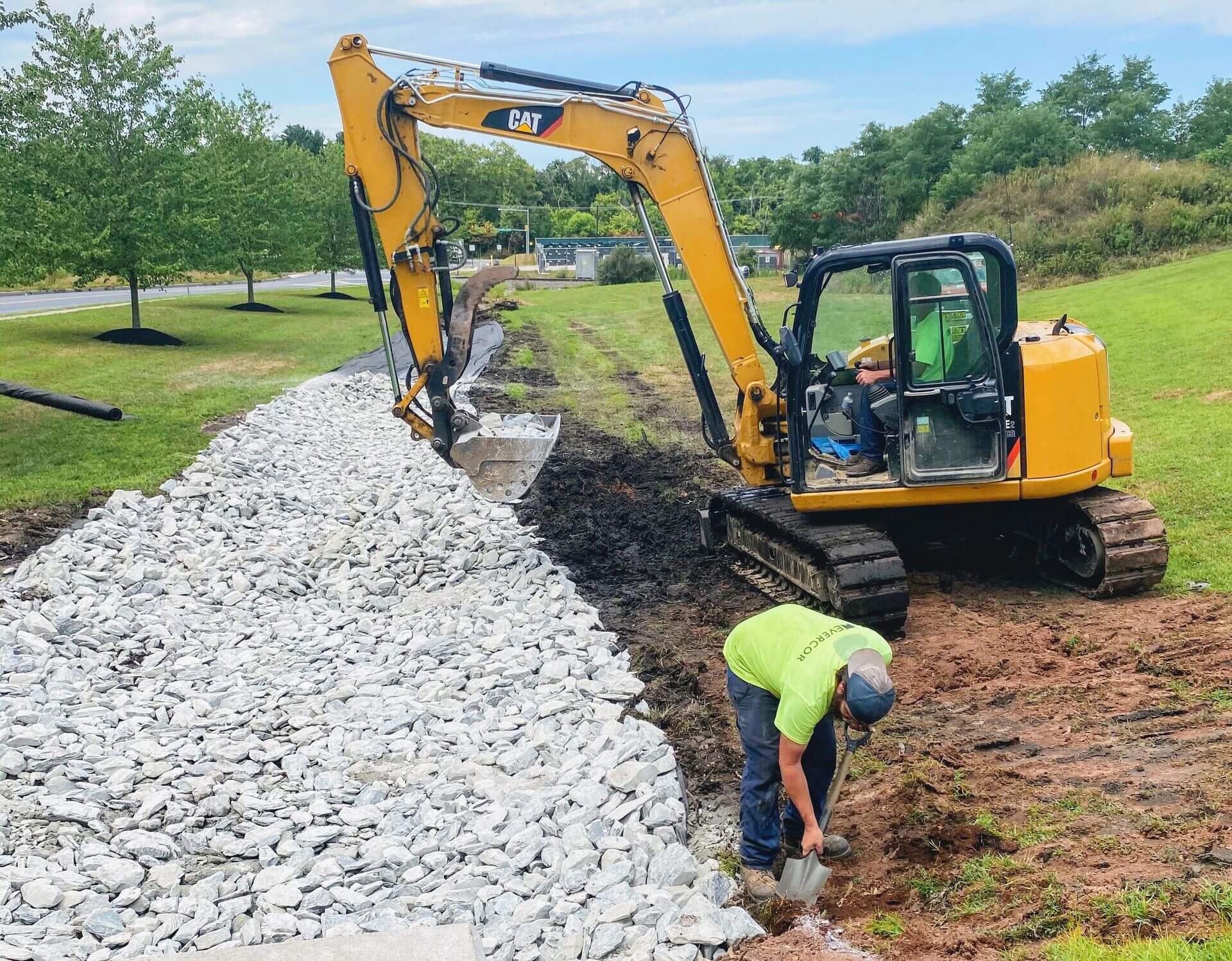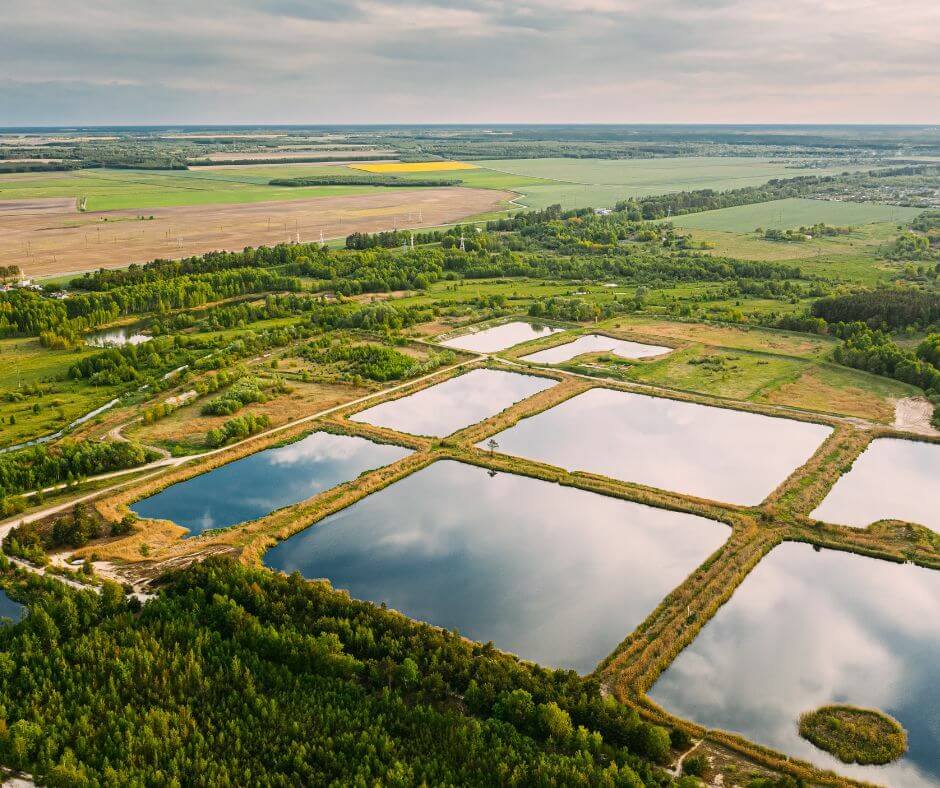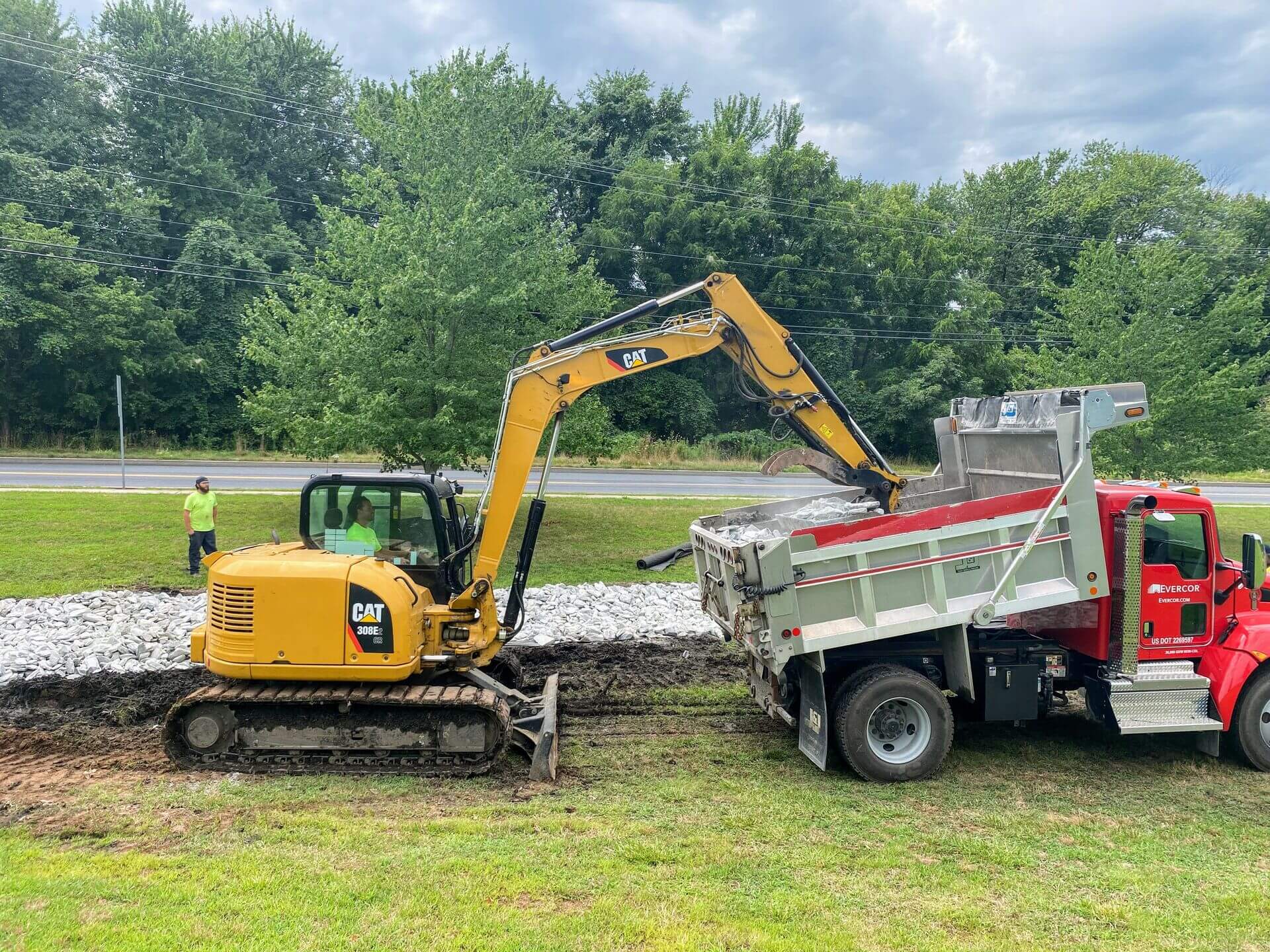![]() Storm Water Pollution Prevention Plans (SWPPP) are probably a part of your job duties if you work in the construction industry. However, it’s important not to mistake an SWPPP with a Storm Water Management Plan (SWMP), even if they are closely related.
Storm Water Pollution Prevention Plans (SWPPP) are probably a part of your job duties if you work in the construction industry. However, it’s important not to mistake an SWPPP with a Storm Water Management Plan (SWMP), even if they are closely related.
What is a Storm Water Pollution Prevention Plan (SWPPP)?
The Stormwater Pollution Prevention Plan, also called SWPPP or SW3P, is a plan that developers make to show how they will control sediment and erosion. Most of the time, these plans are part of a larger design that shows how things should be done at different stages of construction.
What is a Storm Water Management Plan (SWMP)?
According to the United States Environmental Protection Agency (EPA), stormwater management is the attempt to limit runoff of precipitation or melted snow into roadways, lawns, and other geographic locations, while also improving the water quality of that runoff.
The Difference Between SWPPP and SWMP
![]() An SWPPP is a short-term solution, while an SWMP is a long-term one. The purpose of the SWPPP is to address any difficulties that may arise regarding the flow and quality of stormwater during the building of a facility. At the same time, The SWMP is a long-term solution that outlines the stormwater management procedures that will be used in accordance with permit specifications to reduce the discharge of pollutants.
An SWPPP is a short-term solution, while an SWMP is a long-term one. The purpose of the SWPPP is to address any difficulties that may arise regarding the flow and quality of stormwater during the building of a facility. At the same time, The SWMP is a long-term solution that outlines the stormwater management procedures that will be used in accordance with permit specifications to reduce the discharge of pollutants.
In order to create an effective strategy, you’ll need a few pieces of information. This includes the size of the property, location, and principal point of contact. Other than that, you’ll need to include information on neighboring streams, tributaries, lakes, water tables, and major rivers that the construction site may affect.
What are Stormwater BMPs?
Stormwater BMPs (best management practices) are a diverse set of management methods for regulating the quality and amount of water that flows off the land in both rainy and dry conditions.
If you plan on implementing BMPs and minimum control measures to regulate water flow and quality, then you must include these plans in your SWMP as well. A permit from the National Pollution Discharge Elimination System (NPDES) may only be obtained when the plan has been completed and submitted for evaluation and approval.
Knowing How to Navigate the NPDES Permitting Process
Before you can get your stormwater management program (SWMP) approved, you will need to get permission from the National Pollutant Discharge Elimination System (NPDES). Even in construction areas, there are rules that need to be kept in mind.
What is an NPDES permit?
The Clean Water Act bans dumping “pollutants” from a “point source” into “U.S. waters” without an NPDES permit. The permit will include discharge limitations, monitoring and reporting requirements, and other conditions to protect water quality and human health. The permit turns broad Clean Water Act standards into particular, polluter-specific regulations.
As part of your permit application for the MS4 program (Municipal Separate Storm Sewer System), you’ll need to list the best management practices (or BMPs) you’ve chosen, as well as your goals for each minimum control measure.
Before applying for an NPDES permit, the EPA suggests looking at:
- Annual reports from the past can enable you to discover trends or problems that are common, specific sources of pollution, water quality priorities, and more.
- Any SWMP documentation that is still up to date
- A report from the NPDES MS4 audit
- Renewing any permit application data
- The previous MS4 allowed
The NPDES permit should also be clear about the following facts, such as:
- What work needs to be done
- Who has to do it
- How much work do they have to do
- When they need to get it done
- Where it will be done
Who Is Required to Get NPDES Permit Coverage?
Construction site operators must acquire NPDES permits for stormwater emissions. Each state defines the word operator. Operators may include owners (ex: developers), general contractors, or independent subcontractors.
You should check your building’s general permit for specific restrictions. In other circumstances, the operator is a single entity, such as the landowner. In other states, several entities may be operators. For example, the owner may control the blueprints and specifications, but the general contractor may run the site.
Both are operators in this scenario. Multiple operators on a site may work together to create and execute a single SWPPP. Operators typically get an NPDES permit by submitting a Notice of Intent (NOI).
Hire a Stormwater Management Expert
![]() It is critical to achieve and maintain regulatory compliance. Responsible environmental stewardship is also important, as is a high level of corporate responsibility that goes hand in hand with growth and profitability. That’s why Evercor Facility Management looks at the whole picture, adding value by combining a firm grasp of requirements with practical and cost-effective ways to achieve them. Our environmental experts have decades of expertise developing solutions that make a significant long-term difference for our customers and their communities. Contact us today to set up a consultation!
It is critical to achieve and maintain regulatory compliance. Responsible environmental stewardship is also important, as is a high level of corporate responsibility that goes hand in hand with growth and profitability. That’s why Evercor Facility Management looks at the whole picture, adding value by combining a firm grasp of requirements with practical and cost-effective ways to achieve them. Our environmental experts have decades of expertise developing solutions that make a significant long-term difference for our customers and their communities. Contact us today to set up a consultation!
 Storm Water Pollution Prevention Plans (SWPPP) are probably a part of your job duties if you work in the construction industry. However, it’s important not to mistake an SWPPP with a Storm Water Management Plan (SWMP), even if they are closely related.
Storm Water Pollution Prevention Plans (SWPPP) are probably a part of your job duties if you work in the construction industry. However, it’s important not to mistake an SWPPP with a Storm Water Management Plan (SWMP), even if they are closely related.  An SWPPP is a short-term solution, while an SWMP is a long-term one. The purpose of the SWPPP is to address any difficulties that may arise regarding the flow and quality of stormwater during the building of a facility. At the same time, The SWMP is a long-term solution that outlines the stormwater management procedures that will be used in accordance with permit specifications to reduce the discharge of pollutants.
An SWPPP is a short-term solution, while an SWMP is a long-term one. The purpose of the SWPPP is to address any difficulties that may arise regarding the flow and quality of stormwater during the building of a facility. At the same time, The SWMP is a long-term solution that outlines the stormwater management procedures that will be used in accordance with permit specifications to reduce the discharge of pollutants. It is critical to achieve and maintain regulatory compliance. Responsible environmental stewardship is also important, as is a high level of corporate responsibility that goes hand in hand with growth and profitability. That’s why Evercor Facility Management looks at the whole picture, adding value by combining a firm grasp of requirements with practical and cost-effective ways to achieve them. Our environmental experts have decades of expertise developing solutions that make a significant long-term difference for our customers and their communities. Contact us today to set up a consultation!
It is critical to achieve and maintain regulatory compliance. Responsible environmental stewardship is also important, as is a high level of corporate responsibility that goes hand in hand with growth and profitability. That’s why Evercor Facility Management looks at the whole picture, adding value by combining a firm grasp of requirements with practical and cost-effective ways to achieve them. Our environmental experts have decades of expertise developing solutions that make a significant long-term difference for our customers and their communities. Contact us today to set up a consultation!